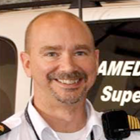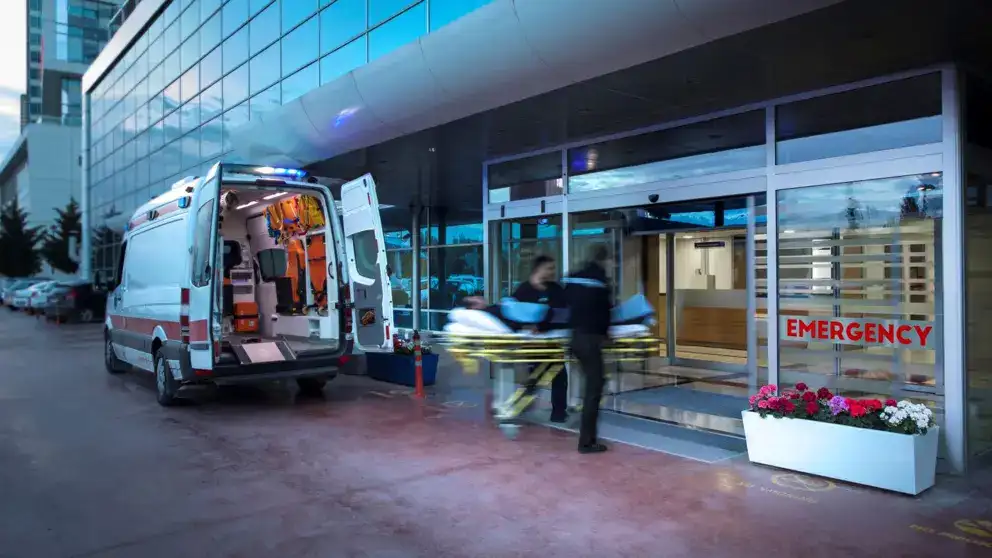When it comes to stroke, every second counts. Literally. Most strokes are caused by a blockage stopping blood flow in the brain. From the second that blockage occurs, the brain is deprived of nutrition and oxygen; brain cells start to die.
“About two million neurons and 7.5 miles of brain fibres are lost each minute without treatment,” explains Dr. Luciana Catanese, a vascular neurologist at Hamilton Health Sciences. “The brain that is left with lack of oxygen and nutrients ages about 3.6 years each hour without treatment. That’s why we emphasize the time urgency in stroke care.”
And that’s why it’s so important to call 9-1-1, or your local emergency medical services (EMS), at the first signs of a possible stroke.
Stroke symptoms
Tim Hillier, Deputy Chief of Professional Standards at Medavie Health Services West in Saskatoon, explains that when you call 9-1-1, the emergency medical dispatchers ask a series of standardized questions to determine that the person is having a stroke.
Then a cascade of protocols are set in motion. The goal is to get the patient to care as quickly as possible.

We’re going to take steps that will speed things up at the appropriate hospital.
When the paramedics arrive on scene, they look for stroke symptoms including drooping face, inability to raise the arms and speech problems, as well as sudden weakness or numbness on one side and/or a sudden loss of balance or coordination. “Then transport becomes a priority over everything else,” says Hillier.
In some jurisdictions, EMS immediately phones the nearest stroke centre and pre-registers the patient. Stroke centres are usually based at major hospitals, with specialized staff and equipment.
Stroke treatment in minutes
That call activates the hospital’s stroke team, who are ready and waiting in the emergency. After a quick examination, doctors take the patient to the CT scanners, which provide images of both the brain and the blood vessels. “All of that should take 10 to 15 minutes,” says Dr. Catanese.
If doctors see a patient as soon as possible, they can administer a clot-busting medication up to 4 ½ hours after the onset of symptoms. In some stroke centres, if the blood clot is in larger vessels in the brain, doctors can perform a minimally invasive procedure by going through the groin or arm with a guidewire and removing the blockage.
“We compare our emergency stroke protocol with the pit stop model for Formula 1 – one more second could make the difference between coming in first or tenth,” Dr. Catanese adds. “In our case it’s the same: each second or minute we delay can make a difference between a patient being able to walk on their own or being bedbound forever.”
Don’t drive yourself to hospital
Calling 9-1-1 at the first signs of a possible stroke is essential for a good outcome. “It’s not just transport,” says Hillier. “It’s not simply we’re going to drive 100 miles an hour to get you to the hospital. We’re going to take steps that will speed things up at the appropriate hospital before we even get there.”
Don’t wait out symptoms; don’t try to sleep them off. Don’t drive yourself to the hospital.
“What can start as a little bit of weakness in one leg can progress rapidly to not being able to wake up from that nap,” adds Dr. Catanese. “So as soon as you detect those symptoms, you really have to call.”
- Know the FAST stroke signs
- Learn more about stroke
